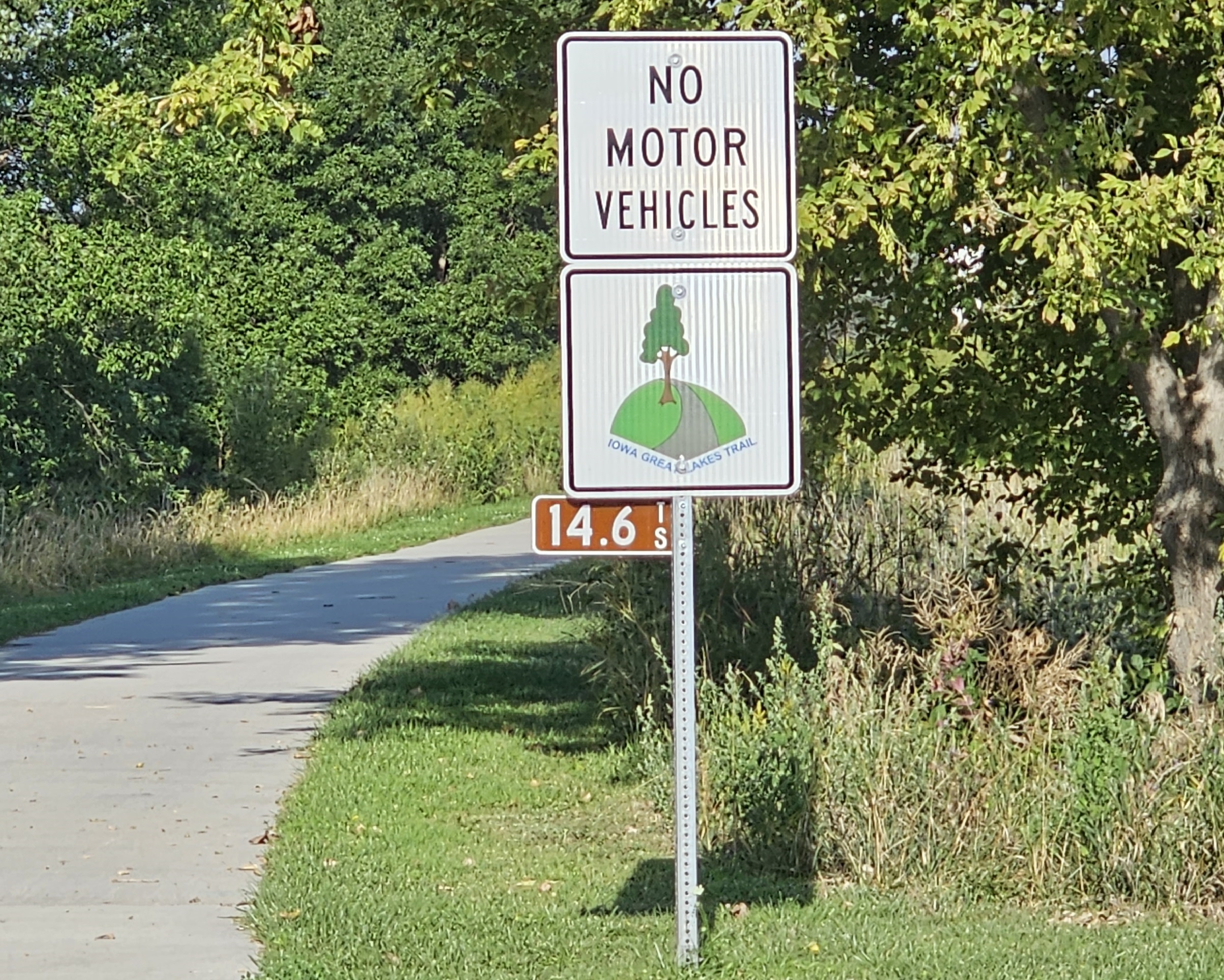(Spencer)—Area crops are starting to feel the affect from a recent lack of rainfall. And had it not been for the wet spring, Paul Kassel, a crops specialist with the Iowa State University Extension Service tells KUOO news things would be even worse…(click here for comment.) “Since about June 15th a lot of people have had less than an inch and-a-half of rain…some have had less than that. I think that’s seven weeks or so. Quite an extended time here with very little rainfall and it’s showing up. There’s lighter soil, lighter areas kind of like last year when we had, they called it a drought then, this year I don’t know what we’re calling it, but anyway it’s kind of a concern. Some of the good soils where stuff was planted early and good root systems it’s okay, but I mean there’s other areas where stuff was worked wet and or had some soils with gravel in the subsoil, that type of thing, it’s definitely hurting.”
Kassel says another factor has been below normal temperatures. He says whether that’s a help or hindrance depends upon when the crop was planted…(click here for comment.) “Yes and no. I think the corn that was planted on time, and by on time I mean like the last couple of days of April and then there was a fairly good window of opportunity in mid-May from like the 11th though the 16th or so. That corn pollinated the last week of July and this cool weather will kind of help it extend the grain fill timeframe. In past years when we’ve had those cool Augusts and kind of a somewhat early pollination date that’s produced some very good yields..in years like 1994, 2004, 2008 were kind of characterized by cool Augusts we had some very good yields. So it will help that. But it’s a big concern on that corn planted in late May and corn that was replanted in June. That’s not good at all for that. It will hurt the maturity and increase the chances of really wet corn at harvest and decrease the yield potential also.”
Kassel is also telling producers to keep a close eye out for aphids in soybeans. He says cool weather can be conducive to the pest.











